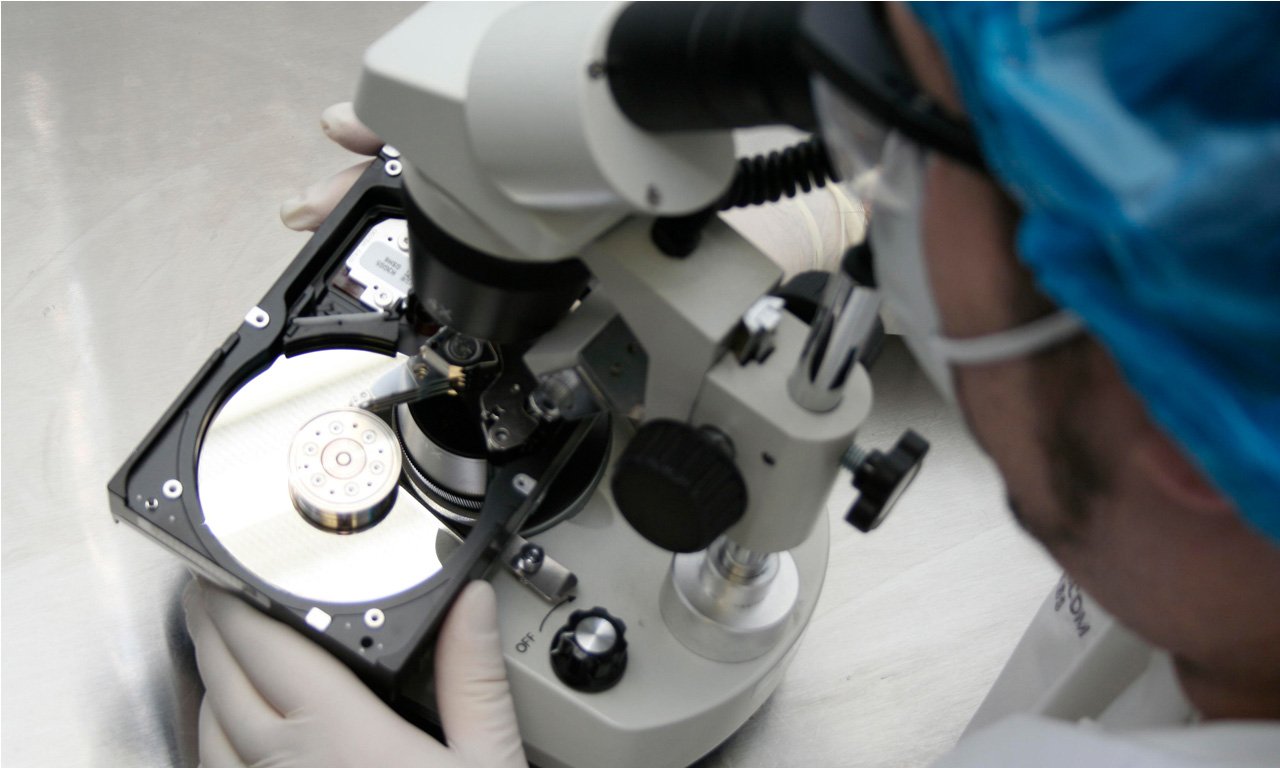Disaster Recovery and Cloud Computing
By Matt Brennan
When it comes to disaster recovery and cloud computing, it may look a little different than it does when the data is physically stored in the same location. While the cloud can feel challenging to define at times, it’s essentially a global network of servers, each with unique functions. These servers are linked together operating as a single entity.
This can give businesses a tremendous computing advantage versus storing their information on private servers or at a data center. At the same time, it changes the way that disaster recovery takes place.
What is Cloud Disaster Recovery?
Cloud disaster recovery simplifies the data recovery process and allows companies an additional layer to safeguard critical data. It’s a method for backing up data, applications, or resources to the public cloud, or dedicated service providers. Then, if a disaster occurred, that data could more easily be recovered so that you can resume normal operations faster.
Cloud disaster recovery is still very much about protecting critical data and creating means to keep your business up and running in the event of a disaster. Planning for disaster recovery is always part of a sound business strategy. But as the cloud advances, it simplifies the amount of hardware and planning necessary for individual businesses to safeguard their data.
Cloud Disaster Recovery Vs. Traditional Disaster Recovery
With cloud disaster recovery, you’re essentially storing and recovering system data on a remote-based cloud platform. The core idea in traditional data recovery is to store redundant copies of data in a secondary location. In some cases, this might mean:
- Requiring sufficient server capacity for storing redundant copies of critical data
- Enough internet bandwidth for remote access to secondary data
- Network infrastructure to make the secondary data source reliable when needed
All this planning and infrastructure can keep businesses operating in the event of a disaster. But if critical data is lost anywhere in the process, it is important that they hire an experienced and reliable data recovery company.
Cloud disaster recovery has several benefits as well. Here are just a few:
- There’s no need for a secondary site or additional hardware. Storage is remote, in the cloud.
- It’s easy to scale up or down on services, depending on your needs.
- Cloud disaster recovery can often be performed in minutes, with a device that is connected to the internet.
- Backups are stored across multiple servers in multiple geographic areas.
Disaster Recovery and Cloud Computing: When to Go With the Cloud
Disaster recovery and cloud computing may look a little different, but building a recovery plan follows similar principles. The only difference is the nature of the technology that you will rely on to build your data infrastructure. There are some significant benefits to going with the cloud. It’s important to remember, however, that if you lose data, it’s important to go with an experienced data recovery company that you can trust.
We Recover Data can help you keep your business running smoothly in the event of a disaster. If you are looking for data recovery solutions, contact us today!





















Great company!
I think it is the best company in the world regarding data recovery. They take all types of recovery cases with great responsibility and ensure they work with the best possible solution for your specific case. I highly recommend it.
Superb effort
Superb effort from werecoverdata. I had no idea how to fix it when I faced a horrible problem with my RAID NAS. But they solved it very quickly and superbly. I recommend them!
Fantastic results
Thanks to all staff of werecoverdata for excellent work and for getting my company data back! I got frustrated when a deadly drop damaged my hard drive. But they solved it!
Thanks
Few days ago my raid server is crashed dangerously. It was not starting any more. I tried in a various way whatever I know but I could not fix it. My uncle told me about WeRecoverdata. Then contact with them and they repaired it. Thank you guys.
Recover service
Those are suffering bad experience of getting a reliable and professional recovery service provider, definitely, they can choose werecoverdata. I highly recommend it.
Thanks a lot
The location is a bit hard to find out but eventually, I did. They recovered my hard drive, which was mostly dead. Thanks a lot.
Great response
Definitely weRecover team is great to solve that kind of hard drive problem. Great response and remarkable. They recovered my all data successfully within short time. I wanna give special thank to David. Thanks a lot man.
Liked Your Service
I have been using my HP laptop since 2016. Few months ago I could not open my laptop. After pressing the power button its showing nothing. My friend told me about that company. They recovered my laptop. Now its working perfectly. Thanks a lot WeRecoverData.
Pretty good experience
It was really pretty good experience. They are so professional, punctual and reliable. I strongly recommend it.
Remarkable Work
A lot of thanks to werecoverdata. You did really remarkable work. I was frustrated when lost my important data from a hard drive. I sent my hard drive to WRD then they got all the data back. At first, I couldn’t believe anyone can recover it since my computer tech said he can’t do it. All credit goes to werecoverdata.
Gorgeous service
Fantastic service from all the guys at werecoverdata. I was having pressure when corrupted data from my hard drive .Then I went there and they fixed it superbly.Thanks for removing the pressure!
Extremely well
I faced horrible problem but they solved it extremely well.My problem was that hard drive crashed dangerously.At this moment I thought the sky was broken on my head.Thank you for that.
Sensible
Thanks to WeRecoverData. You fixed the hard drive problem promptly. I am impressed… Anybody can rely on werecoverdata.
Well done
Thank you
Great work
Obviously great work from werecoverdata.Definitely no doubt about this company because they take seriously to solve any kinds of problem.I have lot of assurance at them.A lot of thanks to them.
Fantastic work
Oh Tom really fantastic work. You saved my important days. Raid 5 server damaged dangerously few days ago. But you fixed it well. Thank you for that!
Great efforts
All credits goes to werecoverdata for recovering raid server.I thought impossible to repair it but they was taken sensible and fixed it.Now I can fully trust on werecoverdata.All thanks to them.
Helpful Work
Werecoverdata, you did a really very helpful work.I was angry when my hard drive got dropped from my mistakes. I recommend the company and give a lot of thanks to werecoverdata.
Best service
After my hard drive crashed I was going to be totally mad. One of mu cousin suggested me to meet that company. I did and got the best service ever I had.
Remarkable Job
AWESOME service from WeRecoverData. I was almost mad when my pc crashed. A lot of valuable data in my hard drive. One of my friend recommend it. I thought it will not be possible.
But after all I got back my all data. Thank You WeRecoverData.